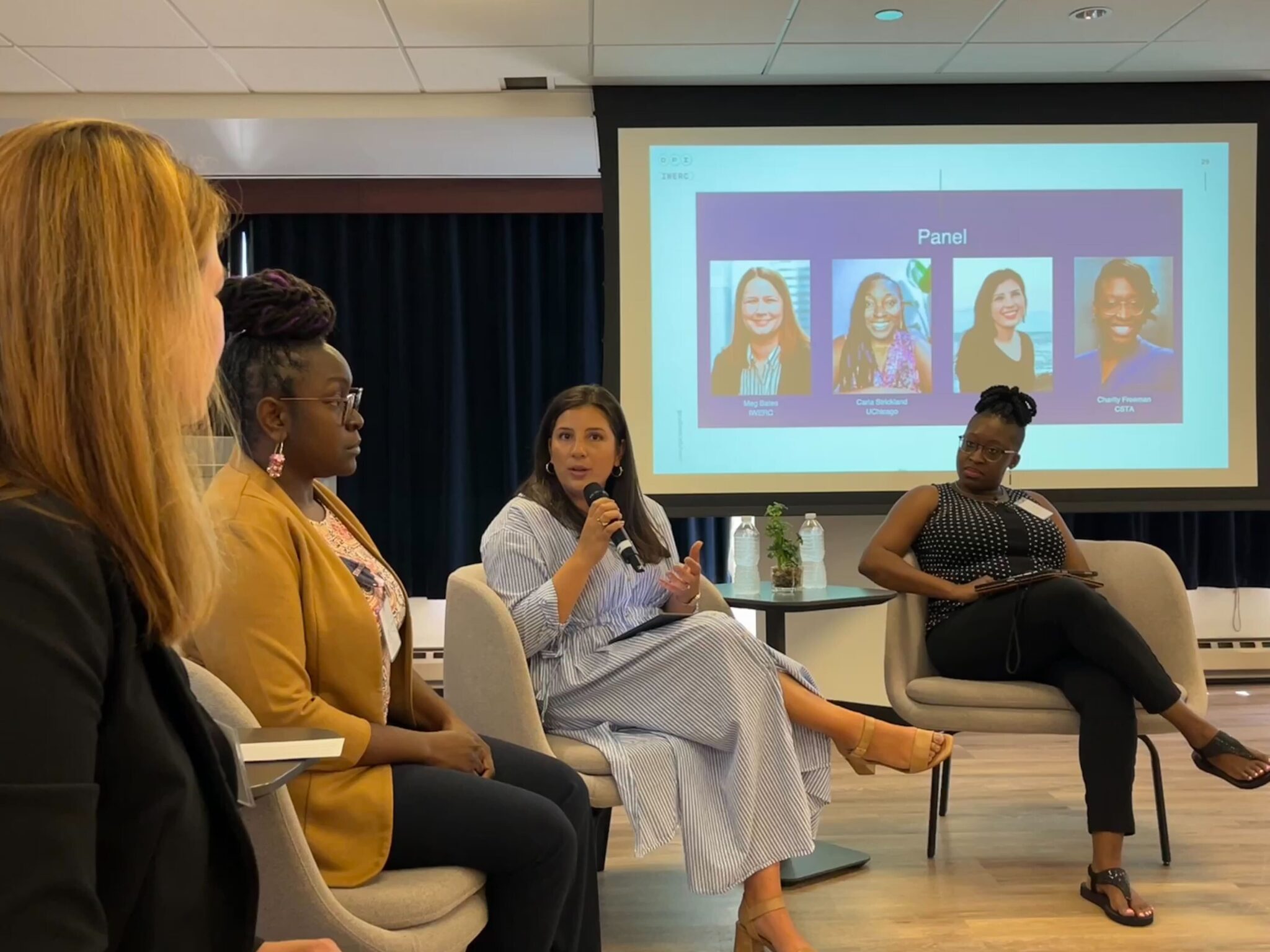Facing the hard reality of computer science education in Illinois

An ongoing study shows that the state of Illinois has a long way to go to prepare students for the jobs of the future. But according to a panel of educators discussing the study, understanding just how far is the first step toward addressing the problem.
According to the Bureau of Labor Statistics, 80 percent of today’s jobs require computing knowledge. In “Unpacking the State of Computer Science in Illinois High Schools,” the Illinois Workforce and Education Research Collaborative (IWERC)—which makes its home at Discovery Partners Institute, part of the University of Illinois System—sought to find out how well schools have equipped students to fill those jobs.
DPI has a particular interest in the tech workforce of the future. The first part of the report, focused on computer science (CS) coursework, is out now. DPI’s Pritzker Tech Talent Labs hosted a preview of the findings of parts 2 and 3, focused respectively on students taking CS classes and teachers teaching them.
“It may hurt your feelings when you see the data,” said Carla Strickland, a digital curriculum developer at UChicago STEM Education and one of the panelists. “But if it’s hard for you to see, it’s because you’re looking from on top.”
The 7 percent solution
Written by IWERC Research Associate Ying Chen and IWERC Research Specialist Stephanie M. Werner, the study spanned the school years 2017–18 to 2021–22. Its findings indicated several areas of concern:
- 7.4 percent of Illinois high school students enrolled in a CS course in a given school year during that time—above the national average of 5.8 percent. However, removing Chicago Public Schools, where CS is a graduation requirement, takes the number down to 4.5 percent.
- Most students didn’t take CS until 12th grade, depriving them of early engagement in the subject—only 17.5 percent of students who took CS ended up taking more than one course.
- Both CS student and teacher demographics showed disparities affecting underrepresented minorities and low-income populations.
“An unflinching approach”
After a preview of the data, IWERC Director Meg Bates moderated a panel with Strickland, Charity Freeman, principal consultant at CS for Success; and Jessica Holberg, tech education and partnerships outreach lead for Google Chicago. Well aware of systemic hurdles for marginalized communities, the panelists were not surprised by the data, but were heartened by the study’s “unflinching approach,” as Strickland described it.
“It is incredibly validating to see the data that confirms my experiences,” said Freeman. A special adviser on the study, Freeman called it “the first report I’ve seen that acknowledges what computer science education looks like for the entire state.”
Where do we go from here?
IWERC will release the final two parts of the report—focused on factors affecting student outcomes and on how CS course offerings vary across districts—in the fall. But based on findings so far, the panelists already saw opportunities for action.
Having every high school student in the state take a CS course may not be realistic, especially considering, as Freeman pointed out, there are still districts without consistent internet access.
Calling CS “an essential literacy,” Holberg said that 80 percent of students taking a course is a lofty and possibly unattainable near-term goal but certainly more than 7.4 percent per year. Strickland said student participation in CS needs to match demographics, and, as an elementary school educator, she emphasized the need for earlier exposure to the subject.
A new research model
Finally, Bates asked what it means for researchers to be allies in expanding the availability and quality of CS education. Freeman cited the need for a transition “from allyship to co-conspiracy.”
Freeman advocated for a research model where scholars work with the groups they study—rather than coming in with their own ideas and questions they want answered, they need to begin by asking the subjects what they hope to learn from the study and how that knowledge can be applied: to work as collaborators instead of dictating from on high.
“None of this ’I’m up here and you’re down there,’” she said. “Baby, we ain’t got time for that.”
Read Part 1: What is the landscape of CS coursework? Parts 2 and 3 of the report will be available in July.
